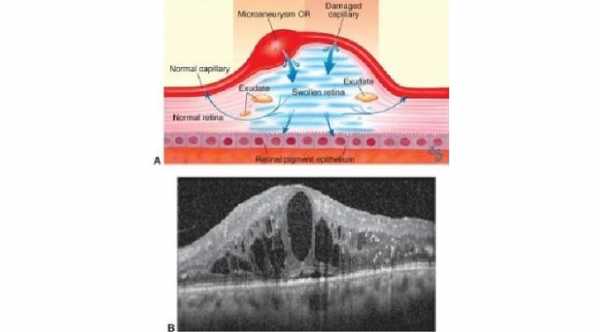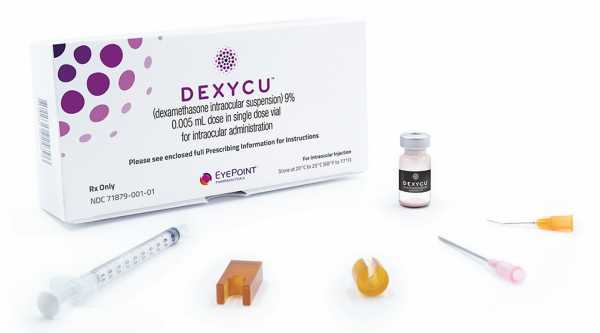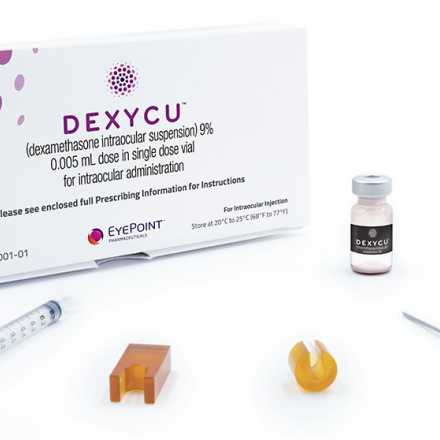
Macular Edema After Cataract Surgery | Irvine Gass Syndrome
Macular odema is an accumulation of fluid in part of the retina called the Macula. This part of the retina is responsible for central vision, high visual acuity and color vision.
Sometimes after cataract surgery this area can accumulate fluid which leads to blurry vision for few days and sometimes for weeks and months. Macular odema that occur after cataract surgery is called Irvine-Gass syndrome.
There are also many other diseases that can cause macular edema such as Age Related Macular Degeneration, Diabetic Retinopathy, Retinitis Pigmentosa, Central and Branch retinal Vein Occlusions.
This complication can be diagnosed clinically, by the use of OCT and FFA (Fluorescein Angiography). On OCT there is increase in macular thickness due to accumulation of fluid within retinal layers. In FFA there is leakage of fluorescein dye from blood vessels in macular area.
Symptoms of Irvin Gass Syndrome or Macular edema after cataract surgery
1- The most common symptom is blurry vision which occurs mainly from 4 to 12 weeks after cataract surgery.
2- Metamorphopsia in which the straight lines appear curved.
3- Central scotoma.
4- Reduce color and contrast sensitivity.
These are risk factors which will increase the incidence of Irvin Gass Syndrome:
1- Diabetes Mellitus especially if the patient has pre-existing diabetic retinopathy. However, it can also occur in diabetic patients without diabetic retinopathy.
2- Patients with uveitis. It is recommended to control intraocular inflammation at least 3 month prior to cataract surgery.
2- Various complications during cataract surgery such as rupture of the posterior capsule of the natural lens with vitreous loss, vitreous traction, iris incarceration in the wound and anterior chamber lens implant especially iris fixed intraocular lens.
3- Eye drops which have prostaglandin as a component such as xalatan.
Treatment of Macular Edema after cataract eye surgery
1- Observation as in most of the cases it is mild and self limited without any medical intervention. Observation should be done for few weeks in which during this period improvement in visual acuity, OCT thickness and FFA.
2- NSAIDs Eye Drops such as Nevanac eye drops or Voltaren Ophtha which can be given before and after the surgery can be given for high risk patients. Many studies showed pre operative usage of these eye drops can help significantly to reduce the incidence of Irvin Gass syndrome.
3- Laser photo-coagulation can be given to the macula to the areas of leakage. This Laser helps to decrease the amount of leaking fluid. but usually this is not the first line of treatment.
Sometimes in diabetic patient who is at high risk for post operation retinal edema, laser photo-coagulation can be given before surgery.
4- Corticosteroids either by Corticosteroids Eye drops such as pred forte eye drops or by ocular steroid injection. Ocular injection can be either around the globe (periocular injection) or intraocular (Intravitreal injection such as triamcinolone acetonide and Ozurdex).
Intravitreal steroid injection can be given alone or with a combination of Anti-VEGF which is also very helpful to reduce Macular thickness and fluid collection.
5- New treatment for Macular odema with Nanoparticles.









